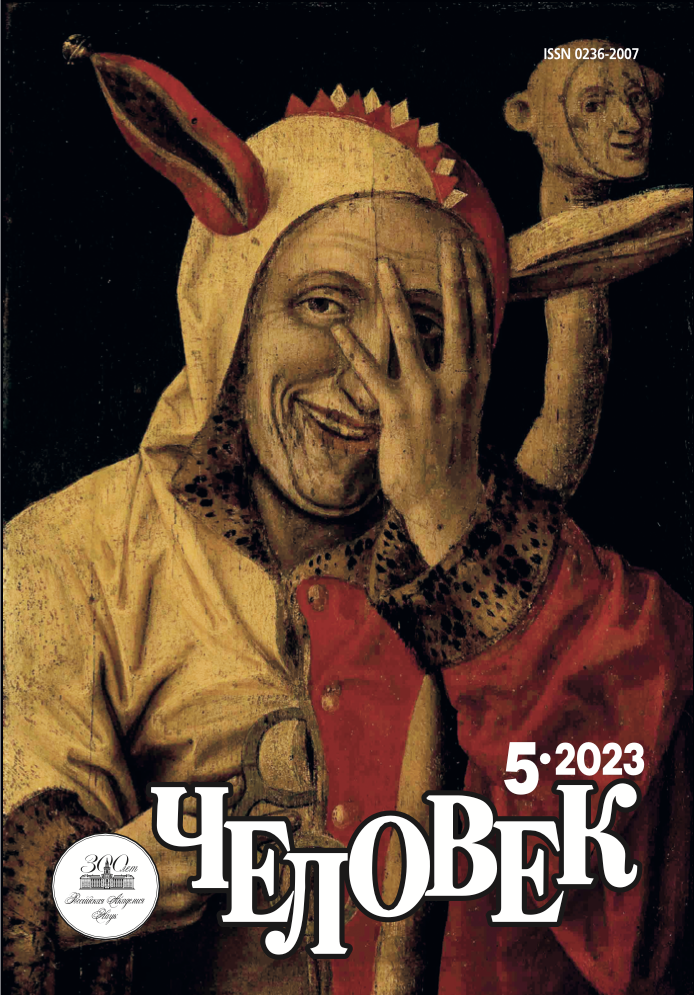The Riddle of the “Great Person”. The European Wanderings of Prince Pyotr Alekseevich Golitsyn
Keywords:
the Russian Kingdom, Peter the Great, the Great Embassy, journey, Princes Golitsyn, Peter Alekseevich Golitsyn, Venice, Perast, Nautica Maritime School, Marko MartinovichAbstract
The article attempts to solve a riddle that has occupied historians for 250 years. We are talking about the authorship of travel notes by a certain “Great Person” who made a great European voyage in 1697–1699: from Moscow to Holland, then south along the Rhine to Southern Germany; through the Austrian Alps to the states of Italy and further, repeating the return journey from Venice to Amsterdam, through Hamburg and Riga to Moscow. For a long time it was believed that the “Great Person” was the young Russian Tsar Peter Romanov, who went to Europe in those years as part of the Great Embassy. However, the routes of Peter I and the unknown Anonymous person obviously do not coincide, and this prompted historians to take a closer look at other candidates for “Great Person”. In recent years, a mysterious Anonymous Person has been sought among the second-rate participants of the Great Embassy, who for some reason broke away from the parent group. Gradually, the opinion was formed that the “Great Person” is just an “idle traveler”, and his travel notes are nothing more than a “tourist diary”. Based on the study of new materials, the author of this article proves that a personal friend of Tsar Peter, the future famous diplomat and statesman, Prince Peter Alekseevich Golitsyn (1660–1722) traveled around Europe under the name of a “Great Person”.






